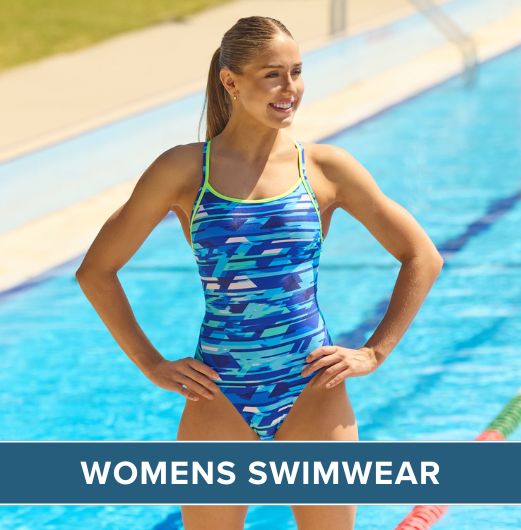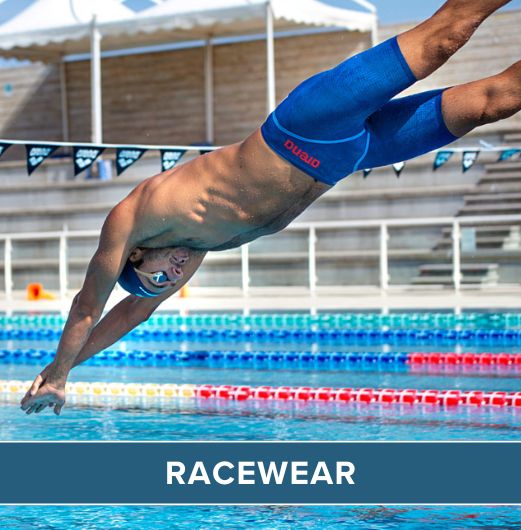In a report to the Bio-mechanics and Medicine in Swimming VII (pp. 201-207) by Mujika, I., Busson, T., Geyssant, A., & Chatard, J. C. (1996) - Training content and its effects on performance in 100 and 200 m swimmers.
J. P. Troup, A. P. Hollander, D. Strasse, S. W. Trappe, J. M. Cappaert, & T. A. Trappe (Eds.), stated the following:
“Relationships between the average intensity of a training session, training volume, training frequency, and performance variations were studied in mature elite French swimmers (N = 18). Differences were also noted between swimmers who did and did not improve personal records across a season. For all swimmers seasonal improvements were significantly correlated with the season’s training intensity but not related to training volume or training frequency. Swimmers who declined most during the initial off-season improved less in the subsequent training season. Implications: Training intensity is the key factor in the production of a training effect.”
So, it is very clear to me from this research that if a swimmer is going to train with the idea of improving their swimming performance it is the velocity at which they train at rather than the amount of work they perform that is the governing factor in continuous progression.

Also what stands out from this research is that any appropriate adaptation at a physiological level must happen in all the swimmer's muscle fibres that might be called upon or recruited to work during this type of work.
In events of up to 182.88m (200 yards) the contribution of all the swimmer's fast and slow twitch muscle fibre is nearly 100%.
Other adaptations, such as the swimmer's buffering capacity can also be enhanced preferentially through the use of high velocity training over short distances, to a far greater extent than the traditional speed through endurance method. If a swimmer requires a positive and very proactive response to their training, then it seems to me that the critical factor must be recruiting all the swimmer's muscle fibre to perform work at maximum capacity.
The scenario that I have personally observed is that distance swimmers and open water swimmers do not do any high velocity short distance work that forces them to swim at maximum. They go through their aerobic training every day swimming at the same pace or they may throw in an interval workout where they swim at their 1500m pace or a little faster.
Those workouts are great but why are distance swimmers typically afraid of other types of workouts, like sprinting? Both can benefit your swimming dramatically. But, without high velocity sprint work, a swimmer's training is incomplete. But, are there benefits for the master swimmer who competes in the 800m, 1500m or open water event? The simple answer is yes.

So, why does short distance high velocity swim training work for those swimmers who compete over the 800m/1500m and open water events? Most of the training logic we find today in swimming points to sprint training being the key to endurance events. On a superficial level it really does make sense, and I am not going to dispute this, as you certainly need a good aerobic base to be able to compete in the 800m/10k+ events.
The aim of high velocity short sprint training is to allow you to make use of a higher percentage of your aerobic base by making your muscles more efficient at their job. If you do not already have a good aerobic base, or at least a training programme which will put you onto the road to obtaining a good aerobic base, then performing high velocity short distance training will not help your overall performance. High velocity short distance training is one of the components of a programme which can only be of benefit if you are doing the basics right. The magical 2%-3% of improvement you are looking for. The icing on you cake, so to speak.
The main area you are working on during this type of training is your maximum swimming velocity. This is where you will get the improvements in your VO2max. In most cases, a swimmers VO2max is limited not by the amount of aerobic capacity they posses, but their inability to swim fast enough to access all of that capacity. The majority of distance/open water swimmers slog along in practice teaching their muscles to fire slowly.
Swimmers need to educate their neuromuscular system to fire quickly and powerfully to take full advantage of all that aerobic training they have been doing. But that’s not all. High velocity short distance sprint training forces your body to swim more efficiently. By practicing to swim at your maximum speed, your 800m, 1500m and even your 10k pace will seem much slower because your body has adapted. High velocity short distance sprinting creates neuromuscular efficiency that teaches your muscles how to move correctly.
High velocity short distance sprint work also recruits all of your muscle fibres, rather than just some of them like when you’re swimming slower. By recruiting all of your muscle fibres in an intense, 100% effort sprint a swimmer is making their muscles work harder and get stronger. This strength will help protect them from injury.
Finally, swimming at your maximum effort will increase your heart rate and requires more coordination from you. If you are frustrated because you cannot lose those last few stubborn pounds, it might be because your training is lacking intensity. Include some high velocity sprint work into your training and you will burn more calories during the workout and increase your metabolism for hours afterward.
 Free Tracked UK Delivery
Free Tracked UK Delivery Hassle Free Returns
Hassle Free Returns Next Working Day OPTION
Next Working Day OPTION Found It Cheaper?
Found It Cheaper?














